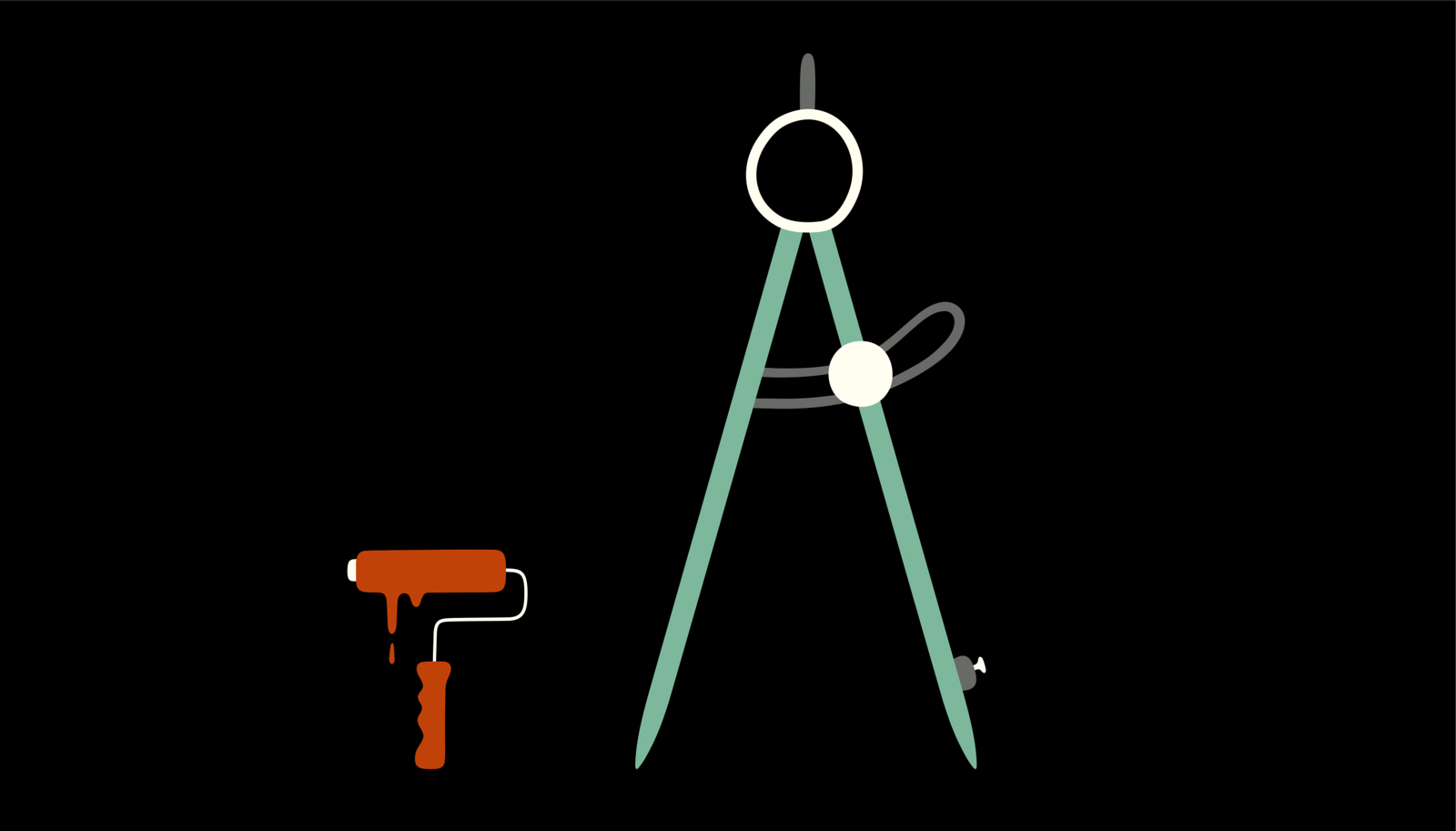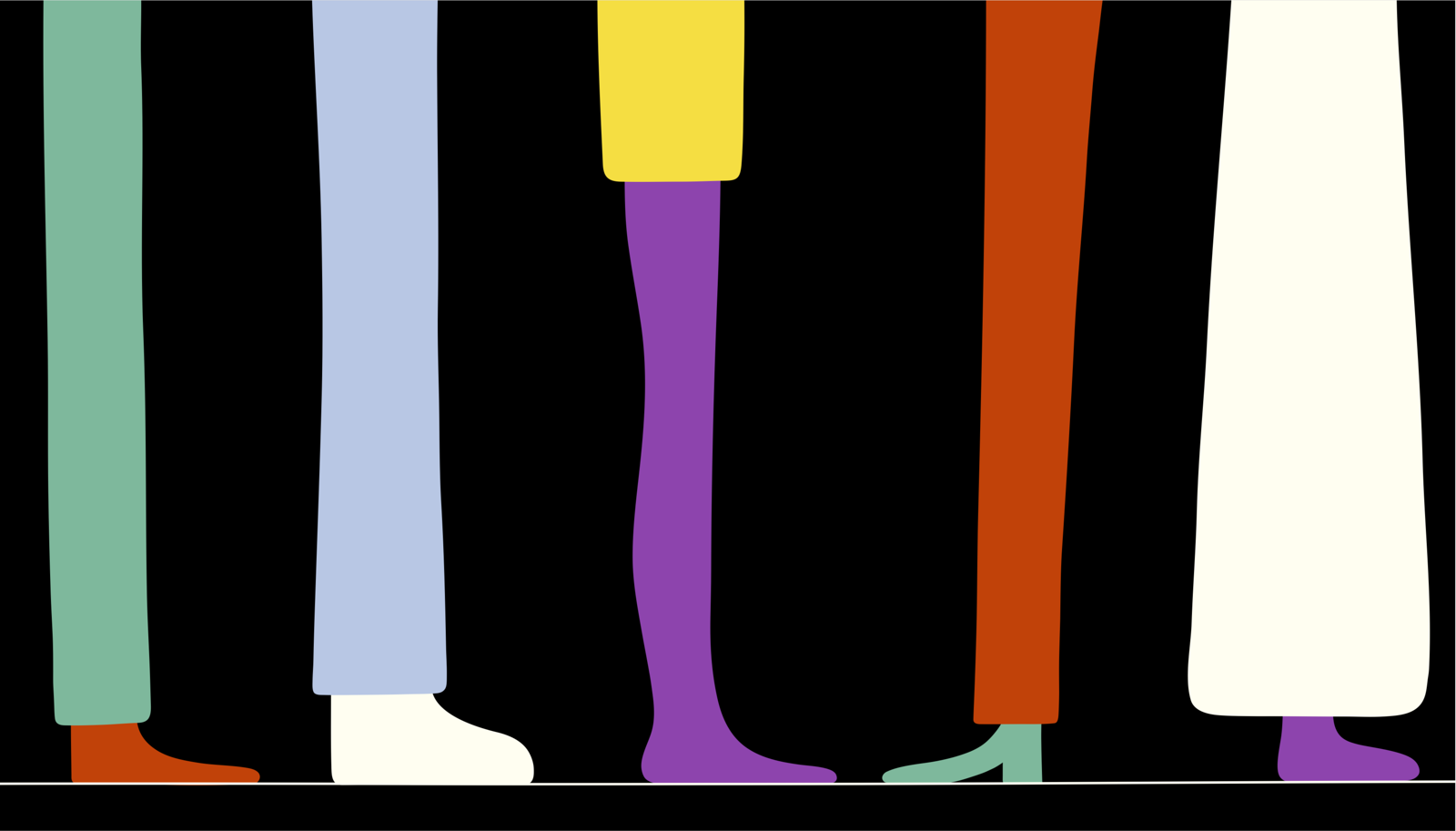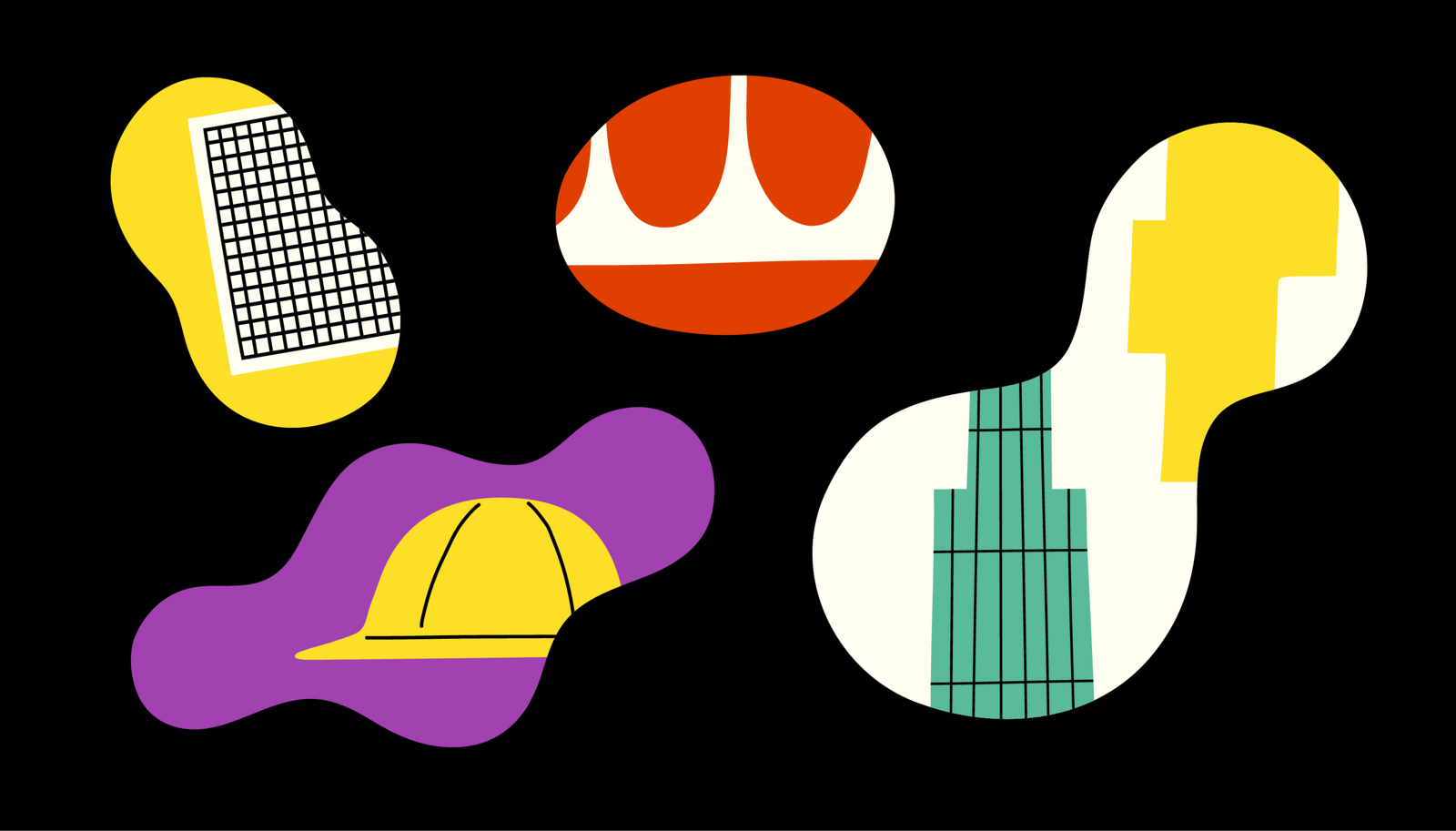Architects are often taught that everything is architecture. That they are educated in a discipline with no boundaries, which reaches all aspects of life, which takes up all manners of space, positive and negative, inside and outside. From the point of view of a discipline that is so total and expansive, thinking towards the representational mode of exhibitions is a conceptual mobius loop. In the context of architectural exhibitions, the outdoors provokes thinking beyond the immediate paradox: can architecture and the built environment actually be brought “in” to be exhibited and displayed?
Since the 1960s, exhibiting institutions and their spaces have been called into question, challenged, and expanded through various experiments in institutional critique. Presented as public art, site-specific interventions, happenings, or wanderings, artists, architects, and curators have found ways to blur the line between the inside and outside of the exhibition space and question representation all together.
We reflect on this question from our own practice, which is predominantly not only outdoors in the physical sense, but is also extitutional.1 We work from Jane Rendell’s definition of critical spatial practice as a disciplinary starting point to allow for art and architecture to hold a place in between, to allow for theory and practice to meet in space. For us, it is the relay between the indoors and outdoors that holds the potential to create spaces for interconnectedness. We follow Rosi Braidotti in her proclamation, “Think the continuum, not the division!”2
When solicited for this proposal, we decided to carry the process forwards. We reached out to a vast network of intergenerational and intersectional feminist curators, architects, academics, designers, and artists to address what is outdoors of the architectural exhibition, its herstory, and its evolution. Moving away from binarisms of inside versus outside, we asked for concepts, cases, and names that propose an interplay between the exhibiting institution and the outdoors, where practitioners have elaborated on access, inclusion, and other forms of learning. The following proposals we received are moments where the “outdoors” of the exhibition has stood for a space of feminist resistance.
We see the “outdoors” to serve various political intentions, marking different departures from dominant narratives through socio-spatial shifts. These desires are clearly intertwined and flow into each other, complementing each other in the movement towards the outdoors and its eternal relevance. As we seek caring, symbiotic, relational environments for ourselves, these mothers have already paved the way.
Situate knowledge and cultural production
Taking elements of the architectural exhibition outdoors expands on thematics through context and situations beyond those afforded by the museum. In turn, these sites provoke an affinity to communities and all walks of life, including recognizing human and non-human entanglements.
Title: Situated Knowledge
By: Donna Haraway
Year: 1988
Category: Concept
Link: ➝
Nominated by: Rosario Talevi
Title: Toxic Lands
By: Andreja Dugandžić, Un-war Space Lab, Belma Zvizdić, Haris Sahačić, and Alma Suljević in collaboration with Adela Jušić, Armina Pilav, Dijana Zadro, Gildo Bavčević, Uriel Orlow, Louis Henderson, Charlotte Prodger, Ben Rivers
Year: 2021
Category: Research, Intervention
Location: Mostar, Bosnia and Herzegovina
Link: ➝
Nominated by: Armina Pilav
Defy established protocols, routines and habits
By exiting the walls of the institution, projects are free to explore responsive formats for assembling, learning, and making. Rather than follow insurance logics, the outdoors provides for the chance to respond to conditions set by the environment and situation.
Title: BIO / Living in Community
By: BiG - Bo i Gemenskaps
Year: 1976
Category: Research group
Location: Sweden
Link: ➝
Nominated by: Meike Schalk + Sara Brolund de Carvalho
Title: Women’s Environmental Rights: A Manifesto
By: Leslie Kanes Weisman
Year: 1981
Category: Concept, Manifesto
Link: ➝
Nominated by: Dubravka Sekulic
Shift focus from objects to situations and relations
Without the comfort of the display, representation shifts from the material to the immaterial. The unpredictable condition of the outdoors sends messages around ephemeral modes of story-telling and narrative conversation.
Title: Pavillon du ministère de l’Agriculture
By: Charlotte Perriand, Fernand Léger
Year: 1937
Category: Building
Location: Exposition internationale des arts et techniques dans la vie modern, Paris, France
Link: ➝
Nominated by: Marjetica Potrc
Title: Site-Writing
By: Jane Rendell
Year: 2011
Category: Concept, Spatial Practice
Link: ➝
Nominated by: Gilly Karjevsky
Re-write and tell less told stories
Not all stories can make it into the institutional narrative, nor do all stories seek that kind of representational appropriation. The outdoors is for story-telling what the gutter is for the comic book, or white space is around a printed poem.
Title: Legarsi Alla Montagna
By: Maria Lai
Year: 1981
Category: Artwork
Location: Ulassai, Italy
Link: ➝
Nominated by: Mara Usai
Title: Sex & Space
By: Marion von Osten
Year: 1996
Category: Exhibition, Research
Location: Rote Fabrik, Zürich, Switzerland
Link: ➝
Nominated by: Thorsten Lange
Title: How We Live Now: Reimagining Spaces with Matrix Feminist Design Co-operative
By: Jos Boys
Year: 2021
Category: Exhibition
Location: Barbican Centre, London, England
Link: ➝
Nominated by: Teresa Dillon


Amy Balkin, Kim Stringfellow, Tim Halbu, Invisible 5, 2006.
Create a different kind of engagement with the public and the city
Shifting dominant narratives which permeate architectural design and the built environment to allow for multiple voices and perspectives to emerge often means challenging the way we tell architectural stories. This could include turning our attention towards less documented moments in the life of a building, such as its daily use and inhabitation, its maintenance, care, and repair.
Title: Open House
By: Victoria Thornton, Open City
Year: 1992–ongoing
Category: Exhibition, Festival
Location: London, UK, Global
Link: ➝
Nominated by: Gilly Karjevsky
Title: Invisible 5
By: Amy Balkin, Kim Stringfellow, Tim Halbu
Year: 2006
Category: Audio Project
Location: I-5 San Francisco–Los Angeles, United States
Link: ➝
Nominated by: Aurora Tang
Title: F_Walks
By: fem_arc collective
Year: 2020
Category: Audio Walk
Location: Berlin, Germany
Link: ➝
Nominated by: Fani Kostourou
Provoke alternative spatial experiences and generate other spaces of encounter
The built environment rarely responds to the needs of women and others. To allow for those needs to be met, we require otherwise designed spaces, flexible and responsive, rather than set in brick and stone.
Title: Saffa Insel
By: The Federation of Swiss Women’s Associations
Year: 1958
Category: Exhibition, Geo-engineering
Location: Zurich, Switzerland
Link: ➝
Nominated by: Sarah Nichols
Title: Museo Travesti del Peru
By: Giuseppe Campuzano
Year: 2003
Category: Museum
Location: Peru
Link: ➝
Nominated by: Isabella Moretti
Title: Care + Repair
By: Angelika Fitz and Elke Krasny
Year: 2017
Category: Exhibition
Location: Architekturzentrum Wien, Vienna, Austria
Link: ➝
Nominated by: Angelika Fitz
Experiment with discourse
Architectural design genealogy highlights the wish to break away with the master’s tools. To turn formats and methodologies on their heads and promote intuitive, collaborative, response-able ways of making design, which negates the genius single designer story.
Title: House of Dust
By: Alison Knowles and James Tenney
Year: 1967
Category: Poem, Building
Location: New York and LA, United States
Link: ➝
Nominated by: Rebekka Kiesewetter
Title: Matrix Feminist Design Co-Operative
By: Frances Bradshaw, Susan Francis, Barbara McFarlane, Anne Thorne, Julia Dwyer, Jos Boys, and Benedicte Foo
Year: 1981
Category: Group
Location: London, England
Link: ➝
Nominated by: Meike Schalk and Sara Brolund de Carvalho
Title: Cruising Pavilion
By: Pierre-Alexandre Mateos, Rasmus Myrup, Octave Perrault, and Charles Teyssou
Year: 2018–2019
Category: Exhibition
Location: Stockholm, New York, Venice
Link: ➝
Nominated by: Poligonal
Offer informal modes of learning
Much like everything being architecture, everything is also education, or rather, learning. Placing learning processes outdoors challenge hierarchies of established roles (student/teacher) also gives space to other ways of knowing.
Title: On-Site Projects
By: Marjetica Potrč
Year: 1997–ongoing
Category: Intervention
Location: Various
Link: ➝
Nominated by: Ana Filipovic
Title: KÄMPAOKE
By: MYCKET (Thérèse Kristiansson, Anna Märta Danielsson, Ullis Ohlgren, Katarina Bonnevier, and Mariana Alves Silva)
Year: 2019
Category: Research, Intervention
Location: Stockholm, Sweden
Link: ➝
Nominated by: Meike Schalk and Sara Brolund de Carvalho
Re-orient the institution itself
The outdoors is the yin to the indoors’ yang. No institution can reorient, change or evolve without a reference point, a guide from the outside. Both independent practitioners and independent practices are essential to the future of the architectural institution.
Title: Maintenance Art Manifesto
By: Mierle Laderman Ukeles
Year: 1969
Category: Concept, Manifesto
Location: Philadelphia, United States
Link: ➝
Nominated by: Dubravka Sekulic and Bryony Roberts
Title: WorldWide Storefront
By: Eva Franch i Gilabert
Year: 2014
Category: Platform, Intervention
Location: Storefront for Art and Architecture, United States
Link: ➝
Nominated by: Eva Franch i Gilabert
The term was coined by Michel Serres in 1955. See Michel Serres, Atlas (Madrid: Editorial Cátedra, 1994).
Rosi Braidotti, “On Post-humanism,” Kaai Theater, March 4, 2020, ➝.
Solicited: Proposals is a project initiated by ArkDes and e-flux Architecture.
Category
This contribution is selected and developed from the seventy-five proposals that were gathered through a nomination process. It was co-produced with Ana Dana Beros, Ana Filipovic, Ana Vogelfang, Angelika Fitz, Armina Pilav, Augustin Schang, Aurora Tang, Britanny Utting, Bryony Roberts, Charlotte Malterre Barthes, Dubravka Sekulic, EDIT Collective, Eva Franch i Gilabert, Fani Kostourou, Isabella Moretti, Joanne Pouzenc, Lisa Brawley, Mara Usai, Meike Schalk, Mimi Zeiger, Poligonal, Rebekka Kiesewetter, Sara Brolund de Carvalho, Sarah Nichols, Shayari de Silva, Teresa Dillon, Thorsten Lange, and Tinatin Gurgenidze.



























